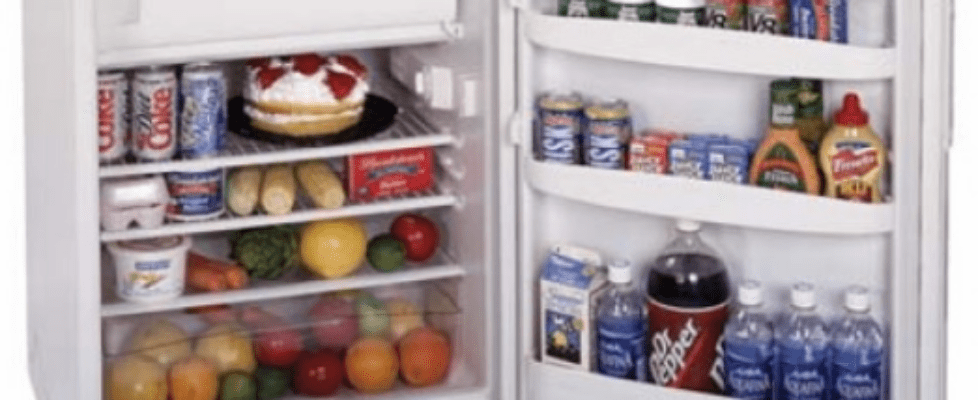Old Refrigerants: How They Deplete Our Ozone and Affects Global Warming
Old refrigerants like the chlorofluorocarbon; are known to deplete the ozone layer. The ozone layer prevents harmful ultraviolet radiation from coming into the earth atmosphere. The chlorofluorocarbon has been in use in refrigerants for the last five to six decades; for vapor compression cycle in order to produce an air conditioning plus refrigerating effects. Due to research done CFCs are proven to be a major contributor to the depletion of the ozone layer causing global warming.
CFCs have a long atmospheric life, in some cases it extends all the way to 100 years. Therefore, when CFCs leaks to the atmosphere it depletes the ozone layer for the next 100 years to come.
How The Old Refrigerants Destroy The Ozone Layer
CFCs refrigerants leaks from air-conditioning and refrigerants systems; into the environment and drift around the lower layer of our atmosphere. They then begin to slowly infiltrate into the upper layer of the atmosphere. With time they reach the ozone layer to the stratosphere and undergo chemical changes.
Filtering of the ultraviolet radiation is done in the ozone layer; as the high intensity radiation is not allowed to enter the earth. This is because it’s harmful to both man and plants. The sunlight is in its pristine forms; as a result, the ozone layer is important for only the less intense sunlight can enter into the earth’s atmosphere, as it’s not harmful.
The unfiltered sunlight blasts CFCs refrigerants molecules; they are thrust towards the stratospheric clouds. The CFCs disintegrates to chlorine atoms which react with the ozone molecules and converts it into oxygen molecules. As a result, the oxygen will not be able to filter the high intensive ultraviolet radiations.
Therefore, the protective ozone layer converts to the incapable oxygen. This increases the amount of ultraviolet rays entering the earth’s surface, leading to excessive heats which lead to the global warming.
Due to global warming, the Antarctica and the poles melt hence, these leads to flooding in rivers. Therefore, the depletion of the ozone layer not only increases temperature; but also the level of water which leads to flooding.
In order to avoid global warming and ozone layer depletion, CFC is being phased out. This has led to international agreement like the Montreal Protocol which has been put in place in various countries. This eradicates the use of dangerous chlorofluorocarbon such as: R_11, R-500 R-115 among others.


